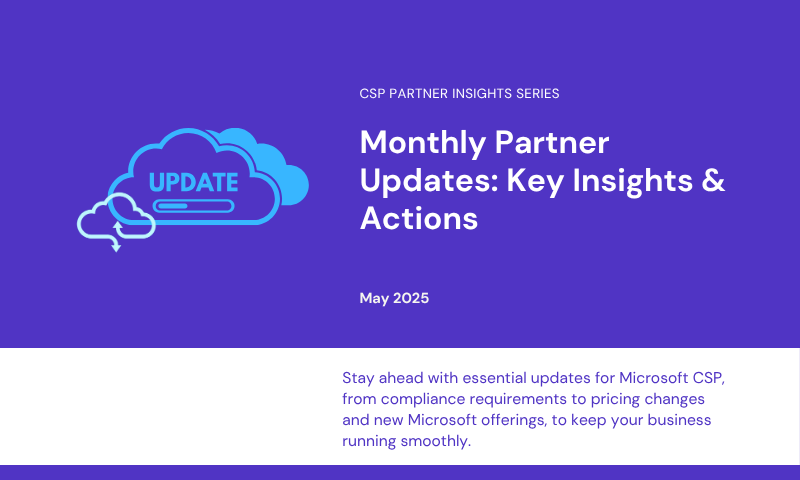Elevate work relationships with Microsoft SharePoint, Yammer and Teams
18 July, 2023
In an increasing volatile world, resilience hinges on technology and people. While technology enables agility and responsiveness, it is the people within the organisation who drives its effective use and determine its impact on success. Effective leaders understand the importance in their people, nurturing their skills, and empowering them with the right tools to build a resilient and successful organisation.
Employee engagement in communities within Microsoft 365 can be effectively facilitated by leveraging the capabilities of Yammer, SharePoint, and Microsoft Teams. These tools work together to provide a modern workplace solution that promotes collaboration, communication, and knowledge-sharing, foster a positive work environment, and enhancing teamwork.
Here’s how you can boost employee engagement using Microsoft 365 tools that you may already have:
Microsoft SharePoint:
- Centralised Document Management: SharePoint allows you to store and organise documents in a centralised location, making it easy for team members to access and collaborate on files. Ensure that teams create shared folders, set appropriate permissions, and follow a consistent file-naming convention.
- Team Sites and Collaboration: Create dedicated team sites within SharePoint for different departments or projects. These sites can include shared calendars, task lists, and discussion boards, promoting collaboration and transparency.
- News and Announcements: Use SharePoint’s news feature to keep everyone updated on important company announcements, project milestones, and other relevant information.
- Training and Onboarding: Utilise SharePoint’s document library to host training materials and resources for new employees, helping them quickly onboard and integrate into the organization.
Microsoft Yammer:
- Open Communication: Encourage open communication and engagement by using Yammer as a social networking platform for employees to share ideas, achievements, and industry-related news. Create groups for specific topics or interests.
- Recognition and Appreciation: Use Yammer to recognise and appreciate the efforts of team members publicly. Celebrate achievements and milestones to foster a positive work culture.
- Feedback and Surveys: Conduct employee surveys through Yammer to gather feedback and suggestions on various aspects of the organization, such as work processes, company events, or employee satisfaction.
- Employee Resource Groups: Encourage the formation of Employee Resource Groups (ERGs) on Yammer, allowing employees with similar backgrounds or interests to connect and collaborate.
Microsoft Teams:
- Virtual Meetings: Teams provides a robust platform for virtual meetings, webinars, and video conferences. Use it for team huddles, one-on-one catch-ups, and cross-departmental meetings.
- Chat and Instant Messaging: Promote quick and efficient communication among team members through Teams’ chat feature. It’s a great way to stay connected and resolve queries in real-time.
- Team Channels: Organise conversations and projects within dedicated channels in Teams, making it easier to manage discussions and keep relevant information in one place.
- Integrations: Leverage the integration capabilities of Teams to bring in other tools and services your organisation uses, streamlining workflows and making collaboration more seamless.
Pro tip:
Training and Support: Provide training sessions and resources for employees to learn how to effectively use SharePoint, Yammer, and Teams. Offer ongoing support to address any questions or issues that may arise.
Pro tip:
Privacy and Security: Ensure that employees are aware of privacy and security guidelines when using these platforms. Protect sensitive information and educate employees about best practices to maintain data security.
By combining the power of Microsoft SharePoint, Yammer, and Teams with a supportive organisational culture, you can create an environment that fosters strong work relationships, enhances engagement, and improves overall productivity within your organisation.



Leave A Comment